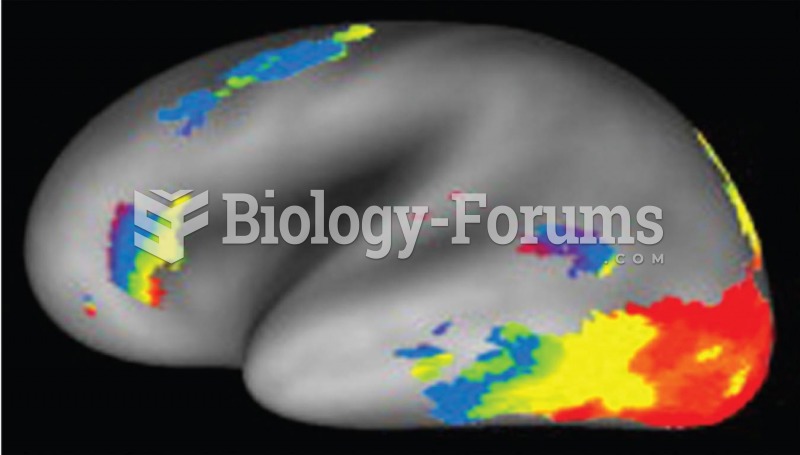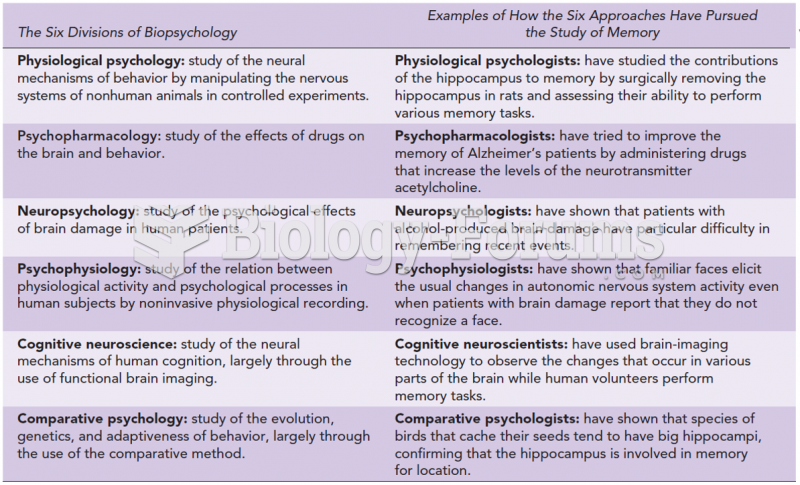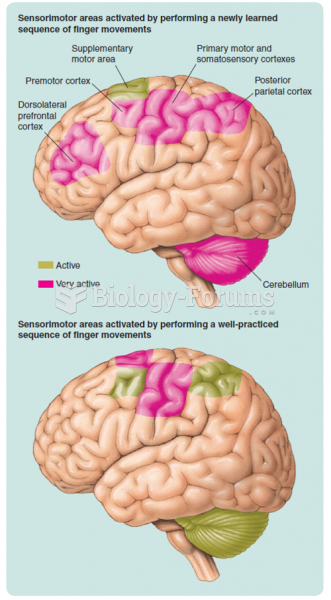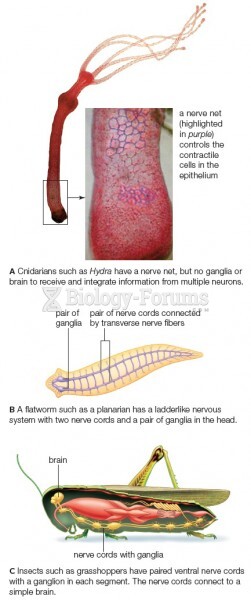Answer to Question 1
Pay for performance devotes at least some portion of an individual's pay (ranging anywhere from 3 percent to multiples of 100 percent) to measurable performance outcomes. Pay for performance is often referred to as variable pay because employees receive more money if theyor their team, unit, division, or even companyperform well than they would if performance had been poor.
Pay for performance can take one of two forms: merit pay, which raises base salary based on performance, and incentive bonuses, which offers regular but one-time payouts on the basis of performance. Bonuses do not alter base salary. Substandard performance the following year can reduce or eliminate the bonus.
Most organizations select a mix of performance pay in order to shape employee behavior. General Electric, for example, calls for a blend of different bonuses to motivate executives, as indicated in the following company statement: Salary and Bonus; Stock Options and Stock Appreciation Rights; Restricted Stock Unit; and Long-Term Performance Awards. Organizations seek a mix of rewards in order to help ensure alignment between employee behaviors and their strategic goals.
Answer to Question 2
advent of sophisticated information technology and the geographic dispersion of technological excellence and knowledge have encouraged organizations to focus on their value chain. Organizations develop competitive advantage and create shareholder wealth through an interdependent sequence of activities known as the value chain. The value chain also can be defined as the separate activities, functions, and business processes that are performed in designing, producing, marketing, delivering, and supporting a product or service.
Horizontally linked structures use cross-functional teams to achieve linkages across the various and interdependent activities of their value chain. Zara, e.g., uses value-chain teams to radically reduce the time-to-market for its new products.







